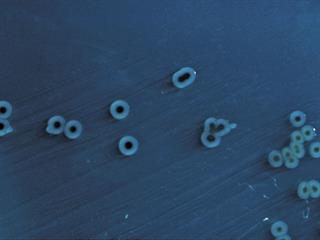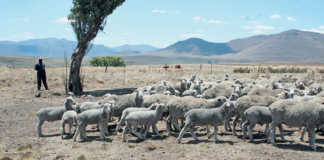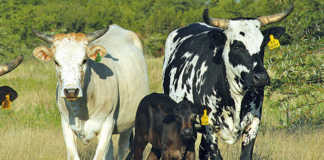
There are two species of salmonella – Salmonella bongori and S. enterica. The former occurs only in cold-blooded animals, especially reptiles. S. enterica, of which there are six subspecies, is found worldwide in all warm-blooded animals (including humans), and in the environment.
As discussed in the previous article, the disease is difficult to control in cattle as some infected livestock will be asymptomatic – they will display no signs of the disease.
Studies show that infected animals shed more than 1 014 bacteria a day (an infectious dose is 109 or more organisms).
In dairy cattle, salmonellosis commonly occurs close to calving due to the natural depression of immunity at this time of the cow’s cycle.
Treatment
High levels of anti-microbial resistance are proving an increasing problem. According to Dr Evelyn Madoroba of the ARC-Onderstepoort Veterinary Institute, 66% of the samples (isolates) collected during a study of infected cattle in Limpopo’s Vhemba region proved resistant to at least one of the tested antibiotics.
These included Oxytetracycline (52%), Ampiccilin (39%), Kanamycin (29%), Cefotaxime (27%) and Enroflaxcin (11%).
As a result, prudent antimicrobial use – maximising the therapeutic effect while minimising the development of resistance – is crucial in treatment.
Vaccination will not stop infection, but may reduce its severity and mortality rate. It is no substitute, however, for proper management to reduce contamination. A control strategy should focus on minimising the source of infection and boosting host immunity:
- Adopt an all-in, all-out calf-rearing system. Here, calves born during a given week are placed in a separate housing unit and weaned as a group. This allows you to sanitise the entire area for each new set of calves.
- Minimise stress by feeding good rations and maintaining clean, uncrowded maternity pens.
- Avoid adult-calf contact. Isolate heifers from the lactating herd. Left-over total mixed rations from the cows should not be fed to the heifers.
- Break the faecal-oral transmission link by keeping feed, feeding surfaces, water troughs and equipment as clean and free of faeces as possible.
- Do not use manure-handling equipment to handle feed and keep these tools out of feed lanes and food storage areas.
- Do not allow cattle access to pond water or feeding areas inhabited by birds and waterfowl, as these can spread the disease. Also, control rodent and feral cat populations.
- Ensure that your staff is properly trained in the correct hygiene procedures and understand the risks of not following proper protocol.
- Because many infected animals will be asymptomatic during an outbreak, handle all livestock as if they were shedding bacteria. For area-specific advice, consult your vet or local animal health technician.
Sources: ‘Salmonellosis in Cattle: A Review’ by Dr Sheila McGuirk and Dr Simon Peek, University of Wisconsin, School of Veterinary Medicine; cattleinternationalseries.weebly.com; www.hoards.com.













